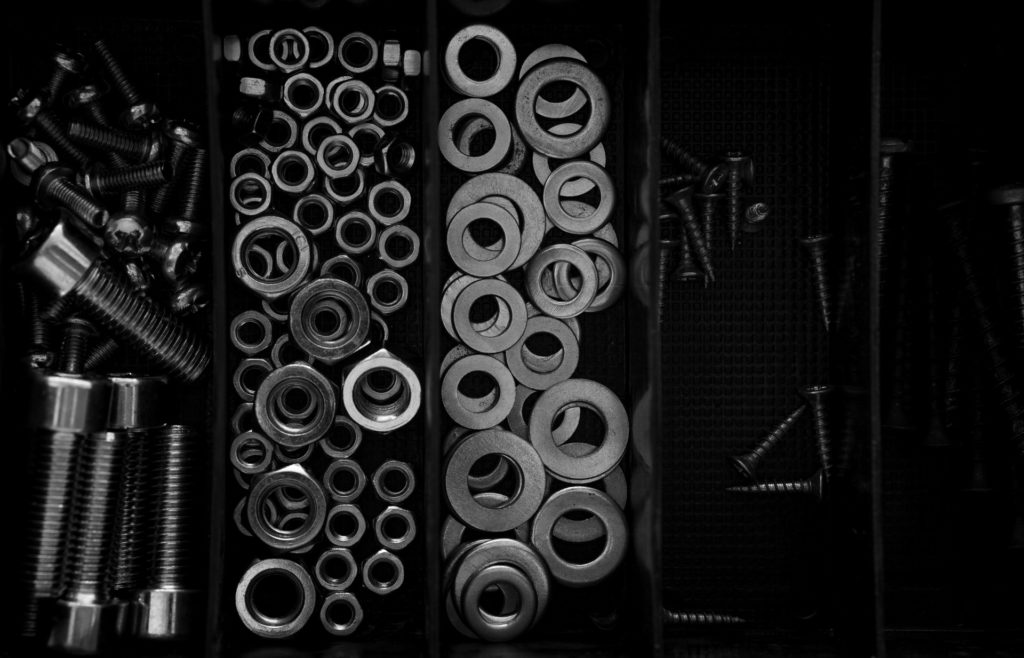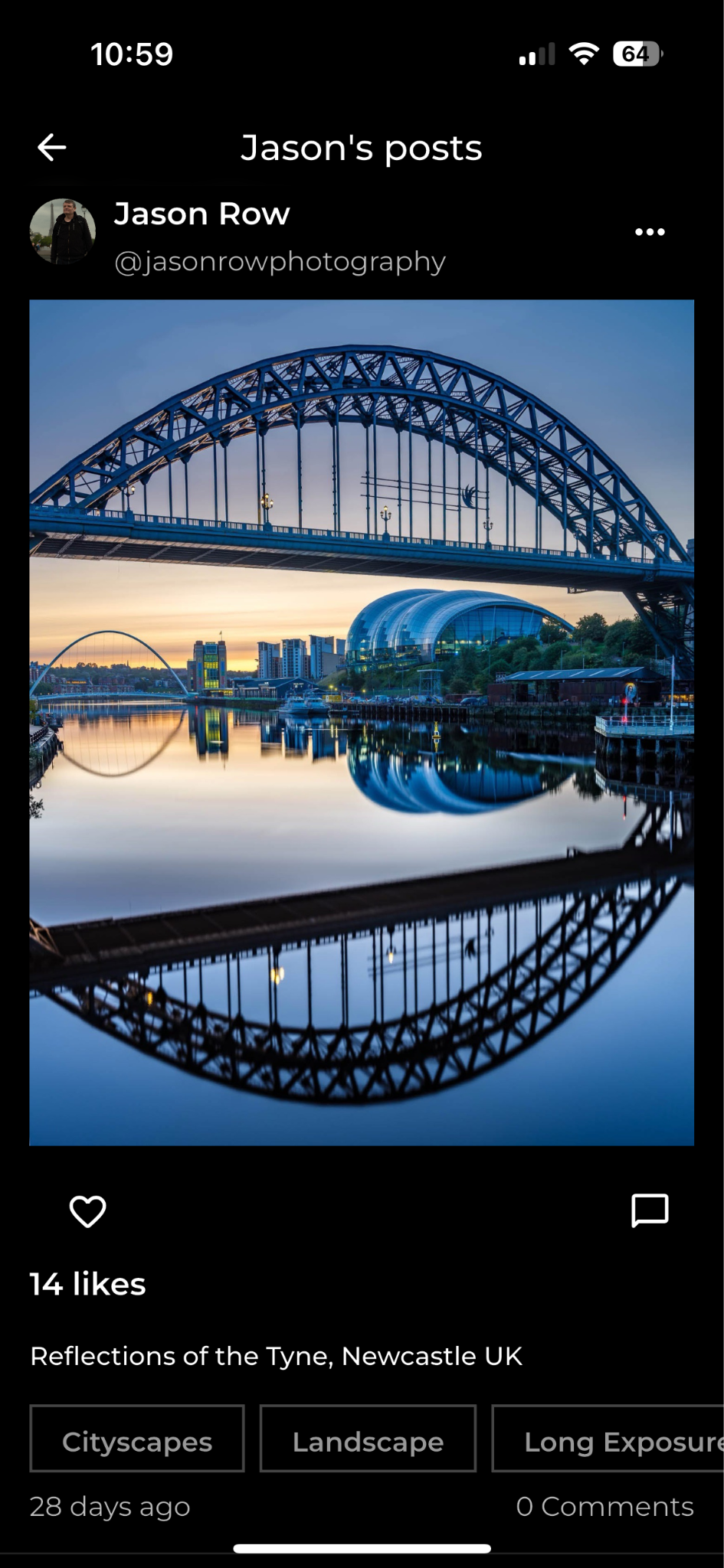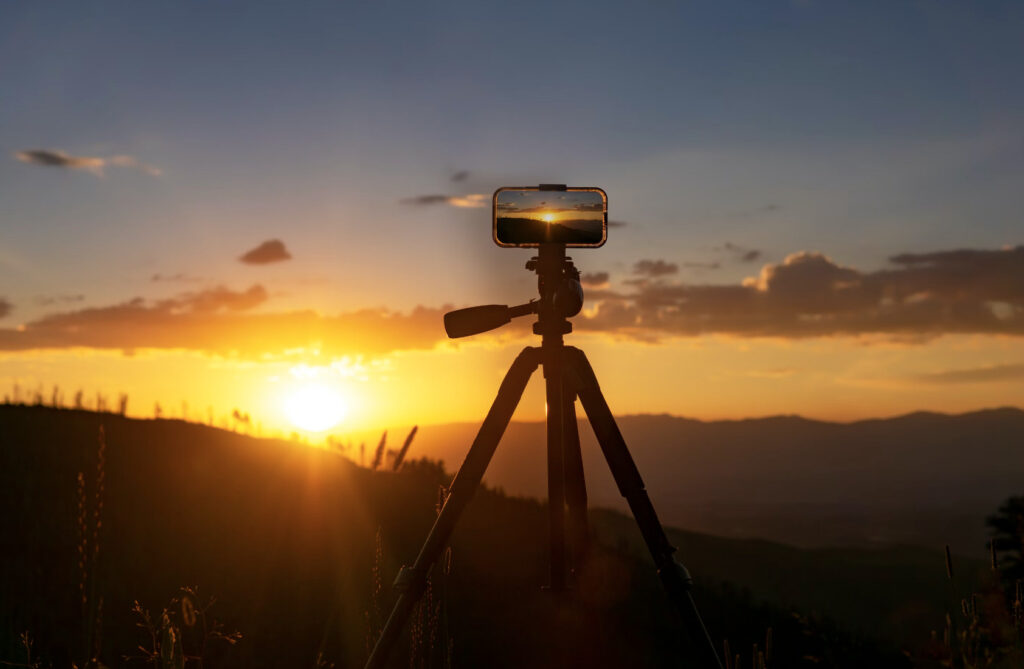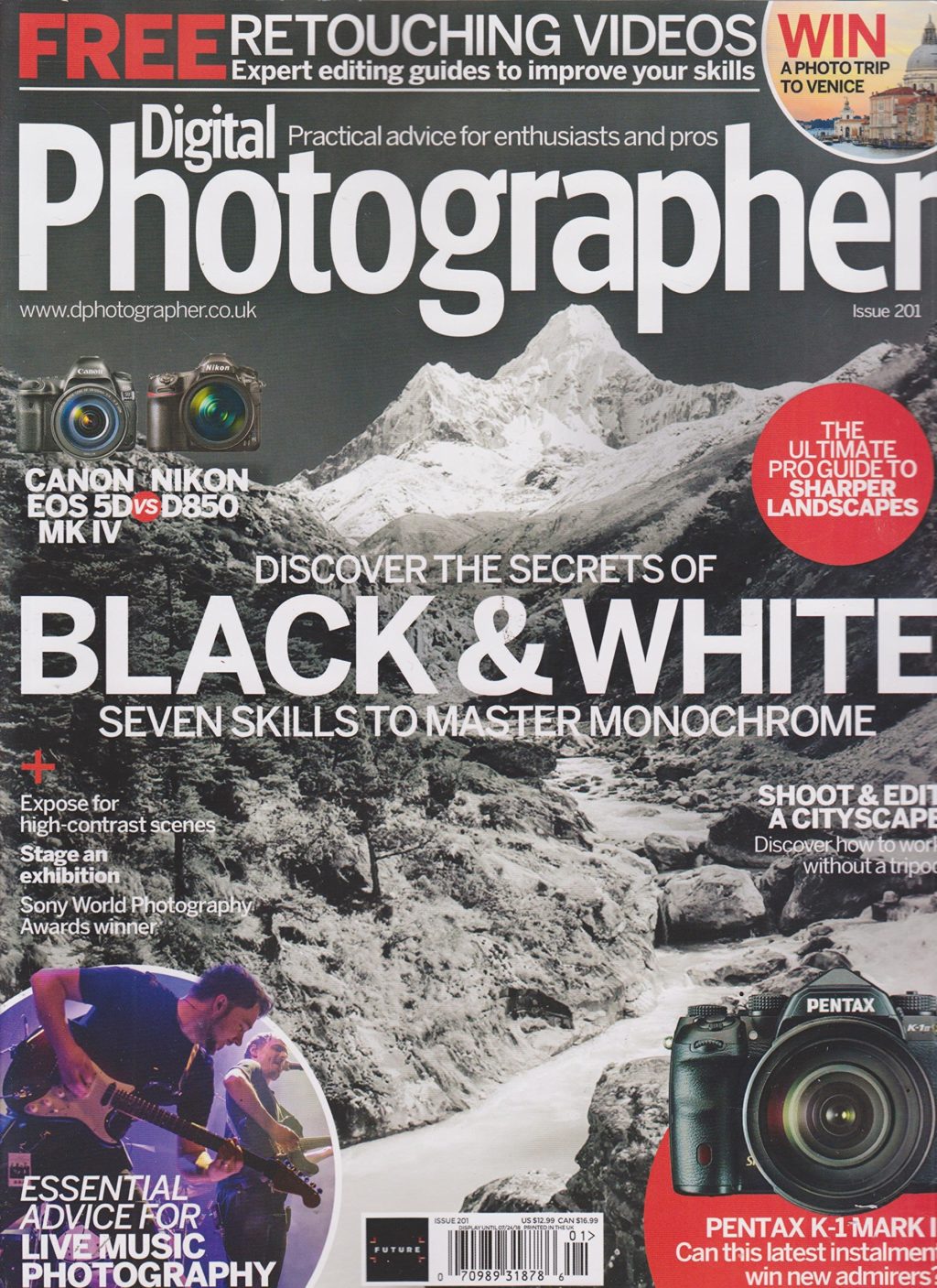A lot of email we're getting suggests that most photography fans feel that they don't know their camera as well as they would like to. Of course that impacts whether you can use a camera to the full potential that it has.
To be honest, getting to know your camera is about the most important thing a beginner (or anyone) can do.

Just recently the folks over at Digital Photography School released a cool little guide called, “Photo Nuts and Bolts” which is all about getting to know your camera and getting the most out of it.
Now let's be clear – getting to know your camera is not rocket science, but it is very very useful to know this stuff by heart and it will help you utilise your equipment to its full potential.
Photo Nuts and Bolts not only goes into how image making works, but why. In many cases (such as their great explanation of pinhole cameras) this gives you a much better understanding of a subject. Extremely useful for taking better photos.
More importantly, for someone like me, there are a LOT of explanatory diagrams and summary text boxes – this makes it so much easier to understand difficult concepts.
I particularly enjoyed the way the sections on exposure concisely and simply explained what can be a tricky topic. Some of the keys covered are:
Apperture – Knowing which apperture setting to use in which conditions can be a little difficult, though it is the primary way in which you can control depth of field. Getting this right is often the difference between a good shot and a great one. The chapter on aperture gives a great run down with practical examples of controlling depth of field.
Shutter Speed – Getting the right shutter speed is imperative for certain shots. If you're attempting to convey movement in a photo for example, then the tips in the guide will certainly piont you in the right direction. Again the practical examples convey the concept very clearly.
ISO – Some lighting conditions dictate the choice of ISO. While higher ISO means more noise and slightly less saturation, the guide explains (with visual examples) how to choose correctly.
Together these three elements are explained in the book using the concept of the “exposure triangle.” Again, the diagrams easily convey possibly the single most important concept in photography theory.
The guide also covers other elements of image creation such as lenses, metering modes, white balance with the same clarity. I must say that the emphasis on visually communicating these ideas is a solid way of explaining the concepts and one that saves the reader a lot of time in wrapping their head around them.
Each of the chapters has projects (“Homework”) that the reader can use to practice each concept.
While one small criticism I might have had is simply that I would like to have seen even more explanation and visual examples of each concept, the book makes up for this in that each chapter has a generous list of further online reading resources for anyone who wants more information.
All things considered, this concise guide is an excellent introduction to the functions of any DSLR camera and a fine guide to controlling how your images turn out.
Now, you can check out the guide online here.
If you're quick, DPS is also giving away a bonus – a shooting “cheat sheet” which you can print out and carry with you. It has various likely shooting conditions and what type of camera settings are best for them. It can be VERY handy when you're not quite sure which settings you should be using. I think that bonus is only available for a limited time so you should check out out ASAP.
Title: Photo Nuts and Bolts
Author: Neil Creek
Publisher: Digital Photography School
Rating: 4/5
PS – If you use any of the links in this article and happen to purchase a copy, Light Stalking receives a commission so that we can keep bringing you all these photography articles.







1 Comment
I always highly recommend that any time you get a new camera the first thing you should do is READ THE INSTRUCTION MANUAL. I am a full time professional photographer and people are always coming up to me at events to discuss their digital SLR. From the conversation it is clear that they do not know how to use it properly. I will recommend this book to them. However, I always tell them that they must read the instruction manual. Digital SLRs are increasingly complex as you go up the professional level for each manufacturer. Each camera functions a little differently. To get the most out of your camersa (i.e. shoot in something other than “P”) you must read the manual. I have taken about 250K pics with my nikon D3 in the past 2 yrs alone and I still refer to the instruction manual about evey other month. I spent the first 2 months of ownership looking at it almost daily to get it adjusted properly.